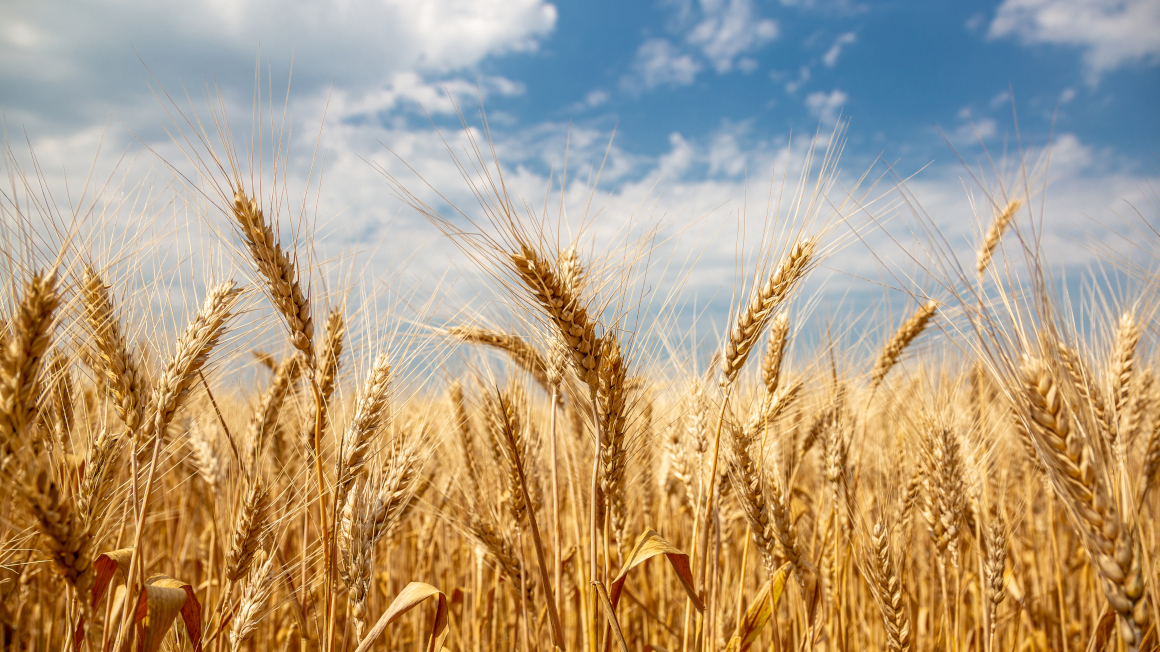"Perennial grain crops are a resource-saving alternative"
Maria von Korff SchmisingProfession:
PhD plant breeder
Position:
Professor of plant genetics at the Heinrich Heine University Düsseldorf

Profession:
PhD plant breeder
Position:
Professor of plant genetics at the Heinrich Heine University Düsseldorf

Plant researcher Maria von Korff Schmising wants to make food production more sustainable by breeding perennial cereal crops.
Many plants only live for one season and have to be resown every year. This also applies to important food crops such as wheat, corn and barley. However, regular sowing, plowing, harvesting and fertilizer application damage biodiversity, groundwater and soil. Maria von Korff Schmirsing is convinced that perennial crops can solve the problem. The plant researcher wants to make food production more sustainable by breeding perennial cereal crops. In the PERLIFE project, the researcher and her team want to decipher the genetic and physiological relationships between lifespan and yield in barley and use them to develop a toolbox for breeding perennial cereal crops. To this end, the Düsseldorf plant breeder was able to secure research funding from the European Research Council for the next five years.
How can perennial cereals make agriculture more sustainable? What advantages do they offer compared to annual crops?
For successful cultivation of our annual cereal crop, fields must be plowed, fertilized, and possibly watered each year. In order for the young plants to establish themselves, herbicides, fungicides and pesticides must also be applied by tractor. For much of the year, fields lie fallow, which promotes soil erosion. Perennial cereal crops, on the other hand, only need to be sown once and then grow for several years. They develop a longer root system and provide continuous ground cover. This protects them from soil erosion and allows them to reach deeper water and nutrient reservoirs. Perennial cereal crops are therefore a resource-saving alternative to annual cereal crops.
There are already ways of breeding perennial cereal varieties, for example by crossing annual crops with perennial relatives or by domesticating perennial wild plants. Why do you favor a different approach?
Crossing annual crop species with their perennial wild relatives also transfers many gene variants that negatively affect yield in the field. For example, all wild grass species lose their grains at grain maturity. This spindle brittleness is obviously detrimental to crop yield. Similarly, in the de novo domestication of wild grasses, selection must be made against a variety of agronomically disadvantageous traits. However, if we knew the gene variants that control plant longevity, these could be much more selectively transferred into our crop species.
What is your specific approach to breeding perennial crops and which cereal species are you targeting?
We are using the important annual cereal barley and its perennial related species to first detect the gene variants that make the difference between annual and perennial growth. We then want to specifically introduce the gene variants that code for perennial growth into cultivated barley in order to breed perennial lines that still produce a good yield.
This innovative breeding approach is the focus of a project that will receive millions of euros in funding over the next five years through the prestigious ERC grant from the European Research Council. What do you want to achieve in the PERLIFE project?
Within the scope of PERLIFE, we would primarily like to find out which physiological and molecular processes make the difference between annual and perennial grasses. In this context, we are particularly interested in the relationship between life span and reproduction, i.e., grain yield.
What are the tasks and challenges you face?
Longevity and yield are complex traits that are influenced by many genes and the environment. In addition, barley and its relatives have a very large genome. Thus, finding the genes and gene variants that affect longevity is a challenge. However, the great advances in sequencing technology but also the new methods of targeting genes are now enabling us to address these challenges. We are confident that this will enable us to gain important insights into the genetic control of lifespan in grasses in PERLIFE.
Interview: Beatrix Boldt


